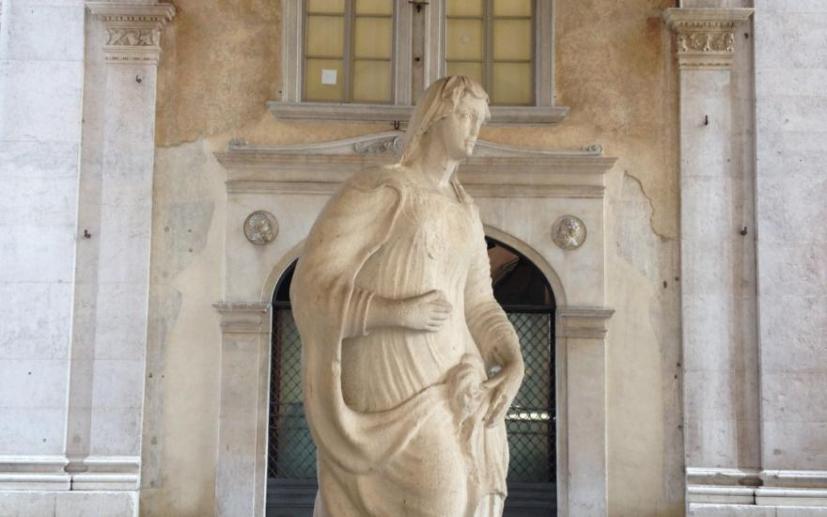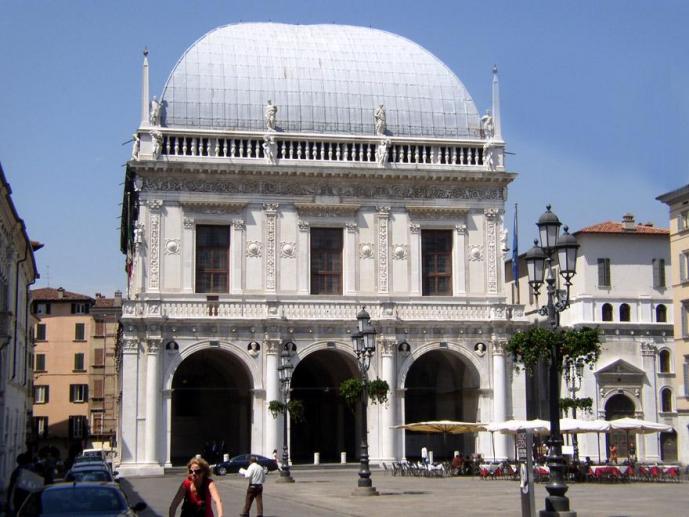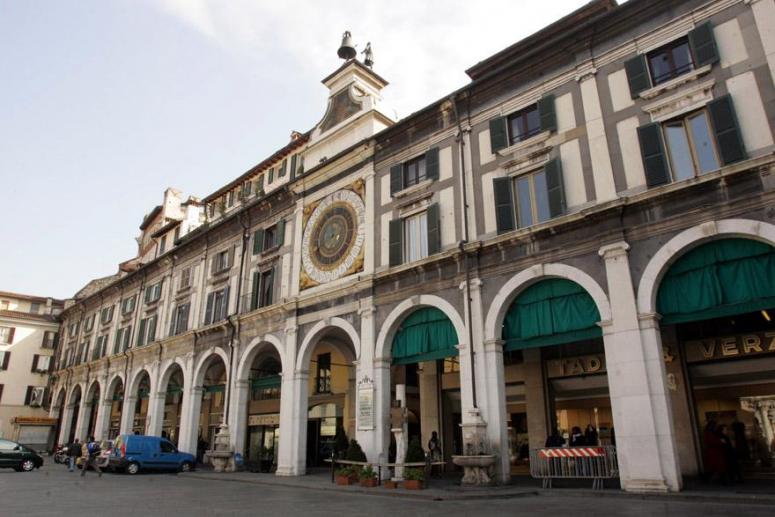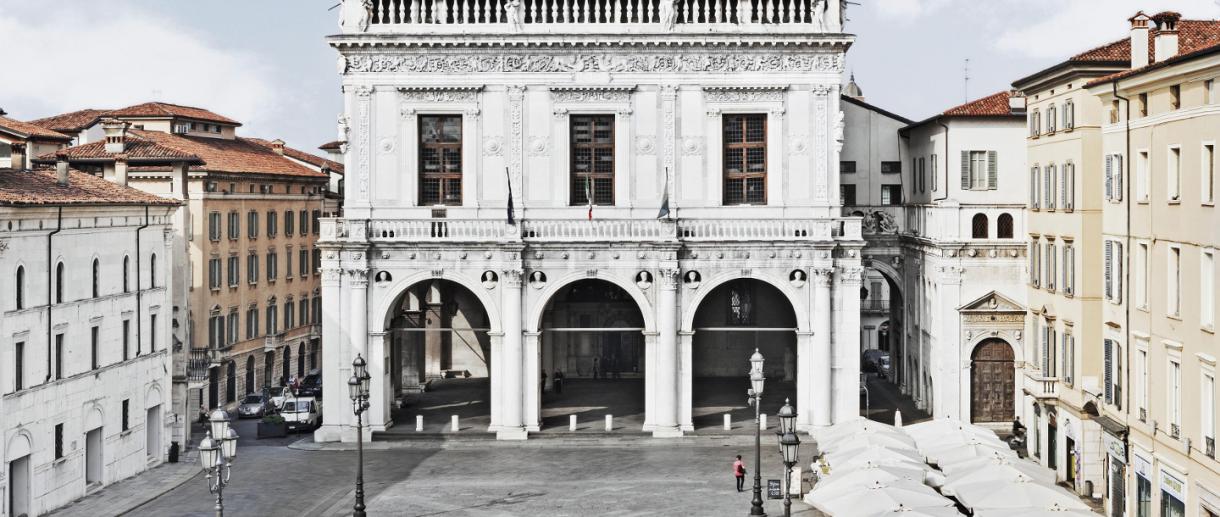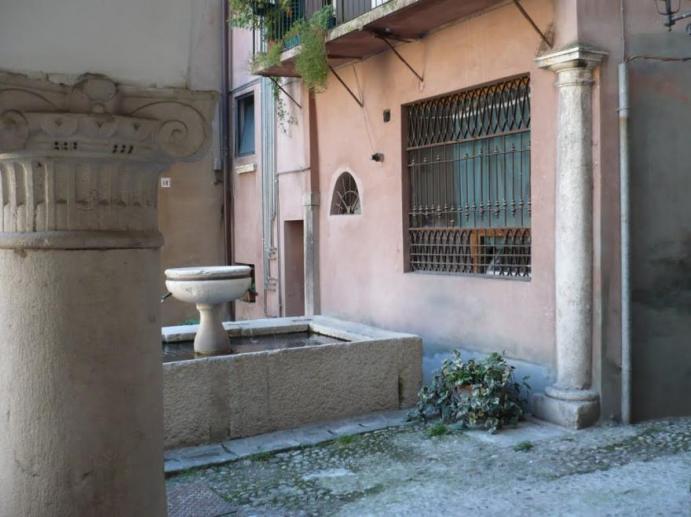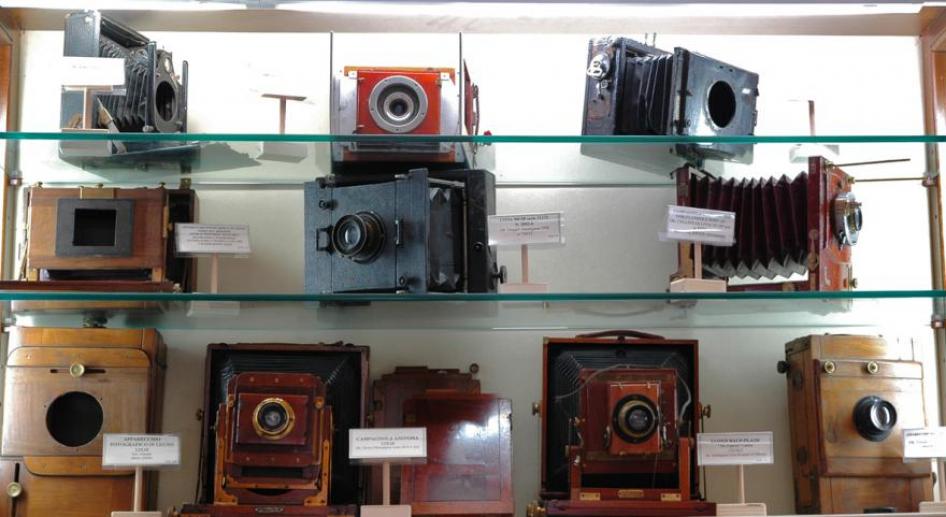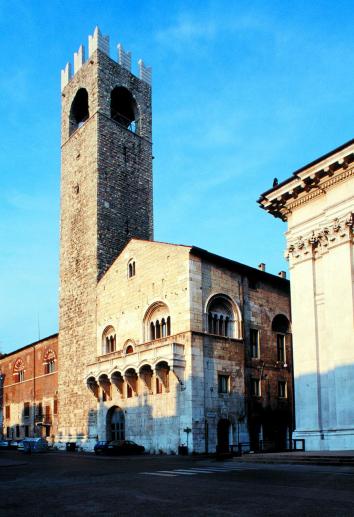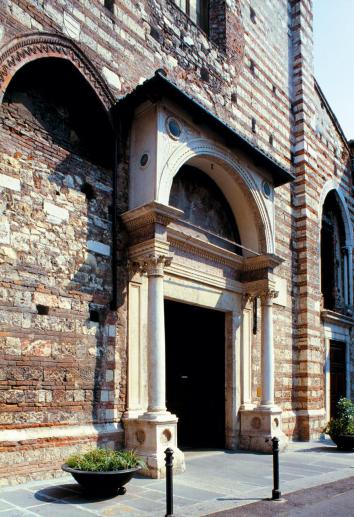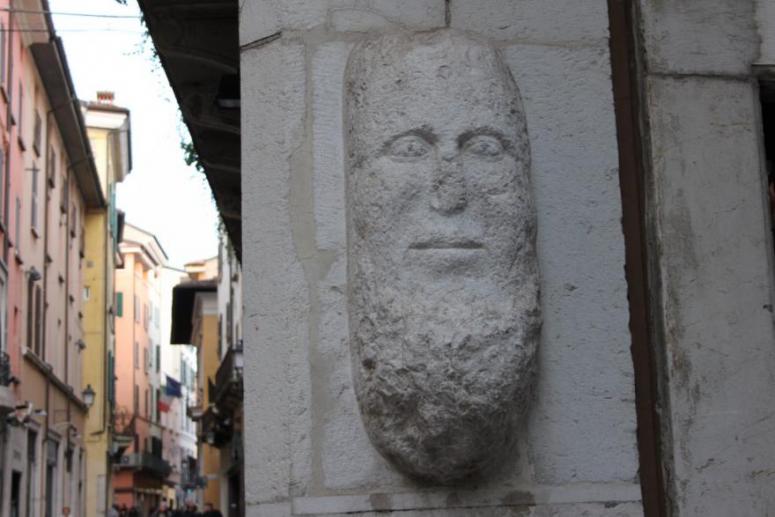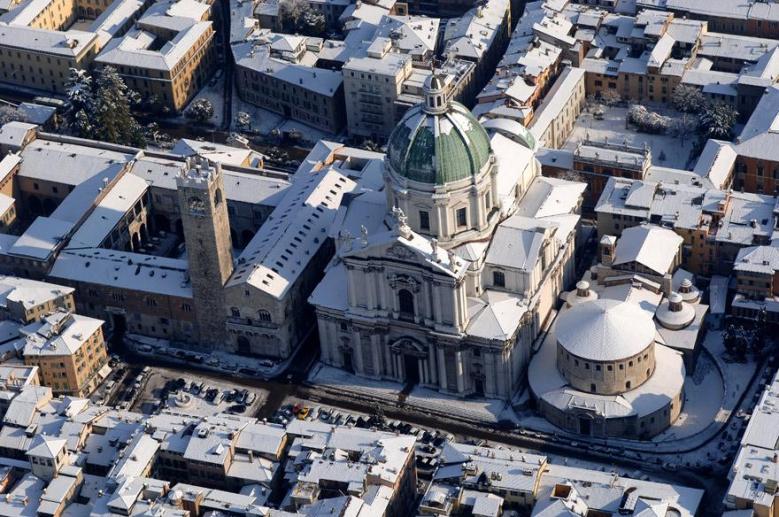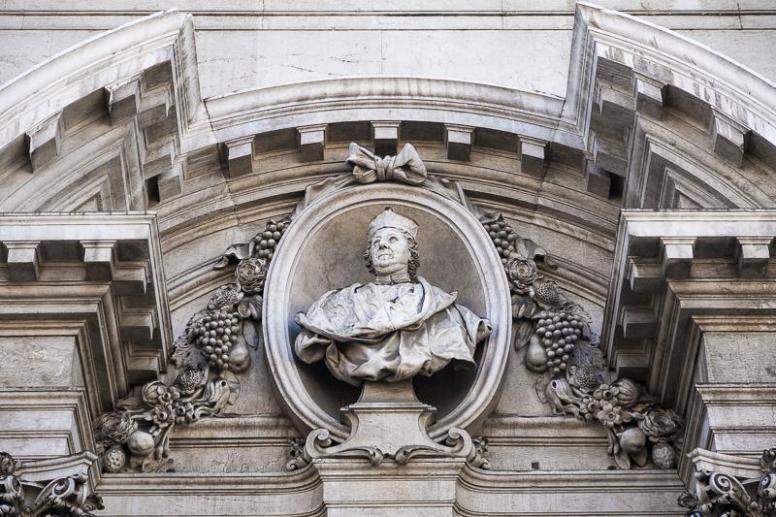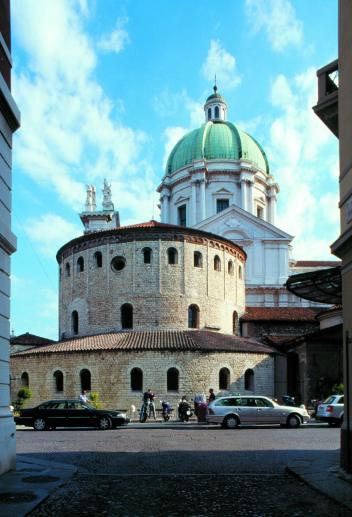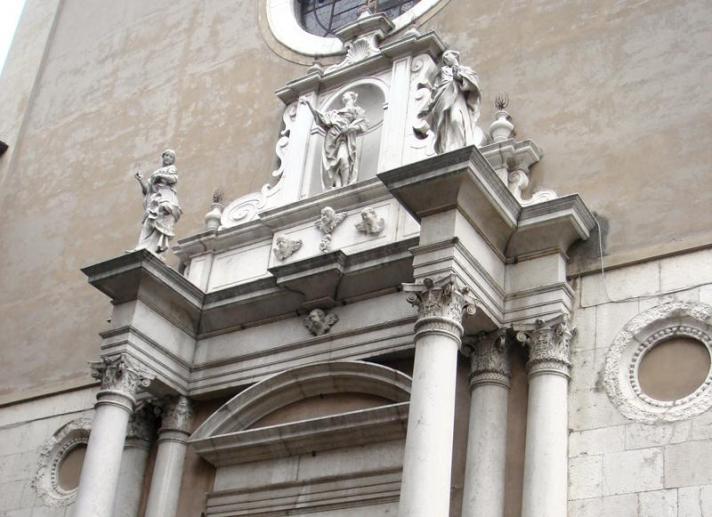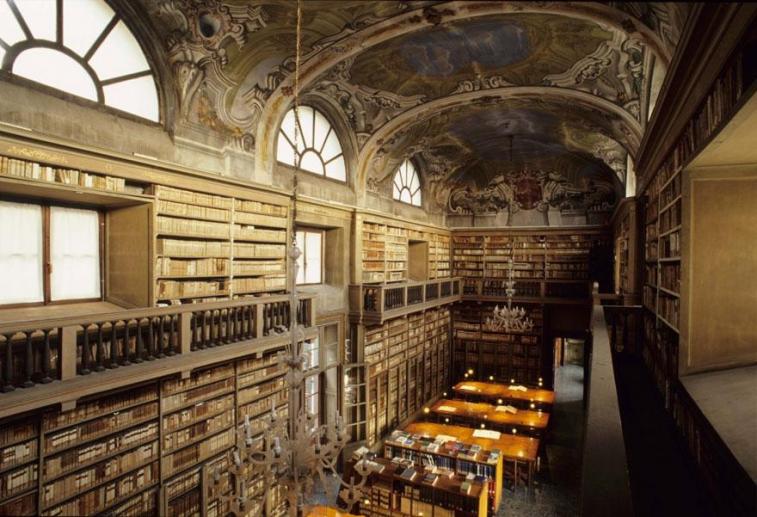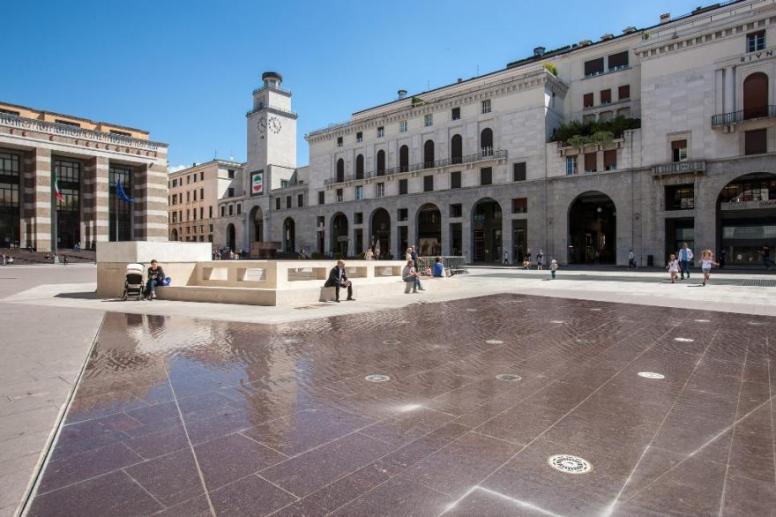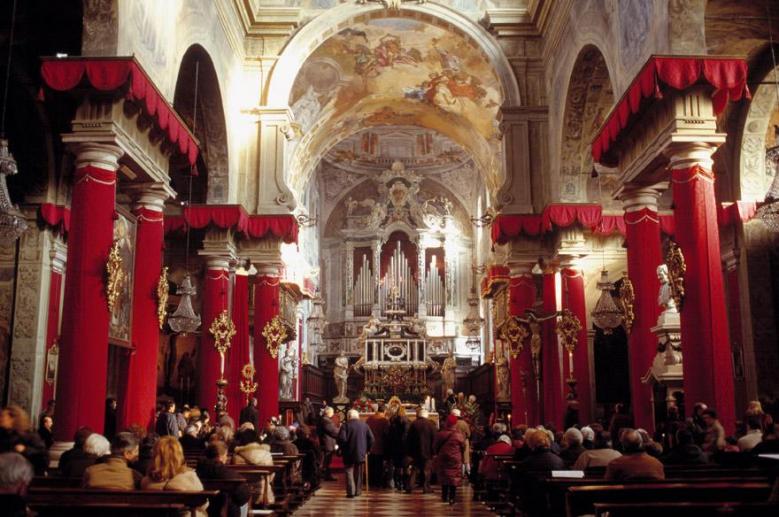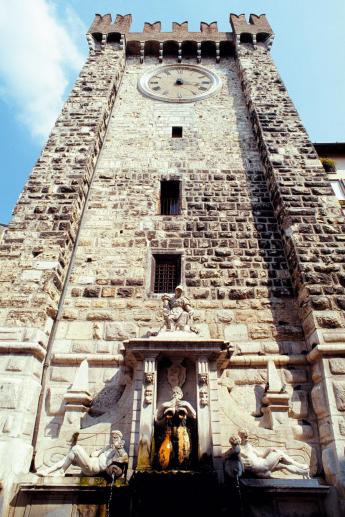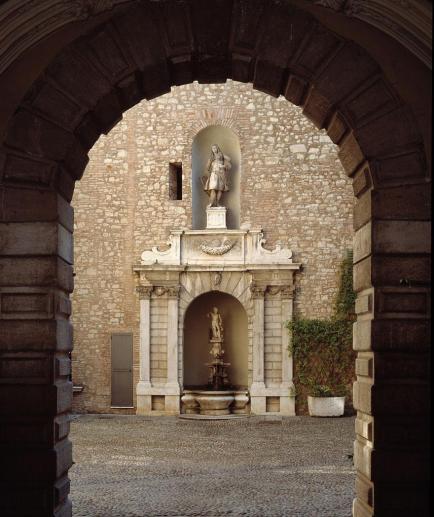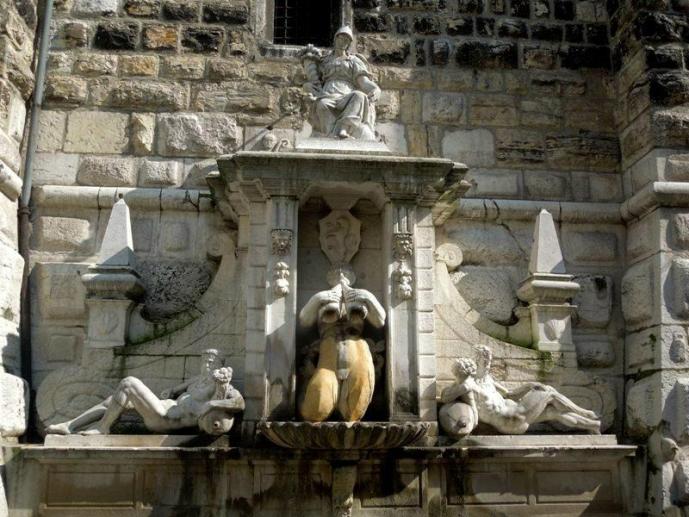- Art & Culture
- Religious Tourism
Museo Diocesano
Tue, 11/06/2013 - 12:22 -- Laura Itinerario: Among the treasures of medieval Brescia Renaissance and Sixteenth-century Brescia Seventeenth and Eighteenth Century Brescia Tipologia: Museums Since 1996, the mission of the Museo Diocesano has been to assure the safeguard and custody of religious artworks which had been housed in precarious church buildings that had been closed, were dilapidated or unsafe. The permanent collections on the first floor are divided into four sections: paintings and sculptures, illuminated manuscripts, religious artefacts in precious metals and liturgical fabrics. The painting and sculpture section have works by artists from the Brescia and Veneto areas. A masterpiece from the 14th century is the “Madonna with Child” by Paolo Veneziano and there is the mid-15th century work by Antonio Vivarini, “The Polyptych of Saint Ursula”. 14th century Brescia is well represented by the major Brescia painters: Alessandro Bonvicino called Moretto, Girolamo Romanino and Pietro Maria Bagnatore. There is a sketch of the “Transfiguration” for the church of Saint Afra in Brescia by Jacopo Tintoretto; from Titian’s studio there is the face of Christ painted on stone. Works of the17th and 18th centuries from the area include master artists such as Giuseppe Tortelli, Gian Antonio Capello, Pietro Avogadro and Francesco Savanni. From the Veneto region there is Andrea Celesti (“Madonna with Child and Saints Anna, James Major and Benedict”), Francesco Capello, called Daggiù (“Rebecca at the Well”), Gian Battista Pittoni (“Madonna with Child and Saints Leonard and Francis of Paola”) and Giambattista Tiepolo (“Baptism of Constantine”). The section dedicated to religious artefacts in precious metals has pieces from the second half of the 15th century. Among these works the most significant are the “Gambara Reliquary” in ebony and silver by a Roman silversmith of the 16th century, and the “Pontevico Chalice” in gold, silver and precious stones by the Milanese goldsmith Carlo Grossi. The illustrated manuscripts section houses a collection of manuscript volumes from the 12th century onwards. Of special importance is a small book, the “Rules of the Brotherhood of the Saints Faustino and Giovita di Collio, the first two sheets of which are completely illustrated by Floriano Ferramola of Brescia. The section dedicated to liturgical fabrics is one of the richest and largest in Italy. There are fabrics from Venice, Italian and French manufacturers from the 15th century onwards. www.museodiocesanobrescia.it MUSEO DIOCESANO Via Gasparo da Salò, 13 Brescia File: Audioguide Diocesan Museum.mp3 Galleria: ItalianoFrançaisDeutschEspañol
